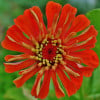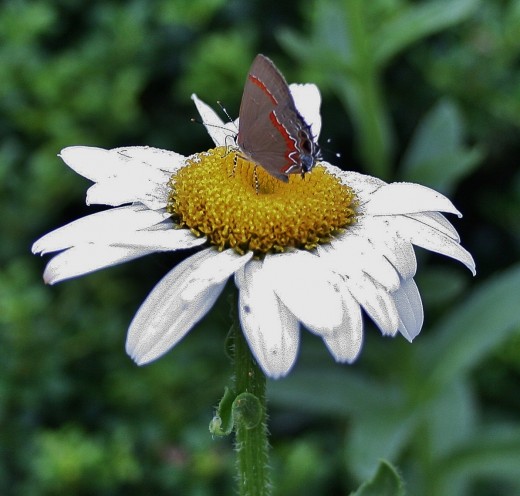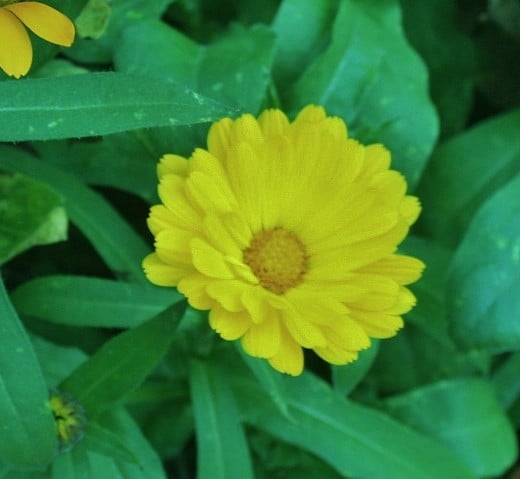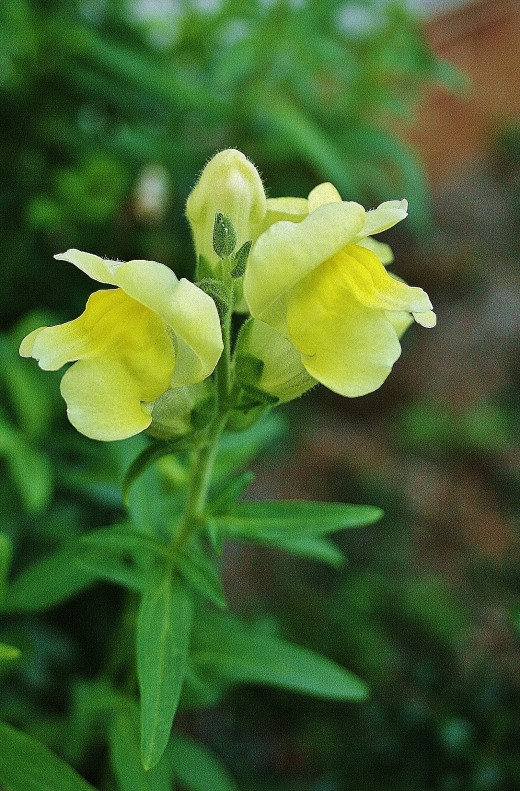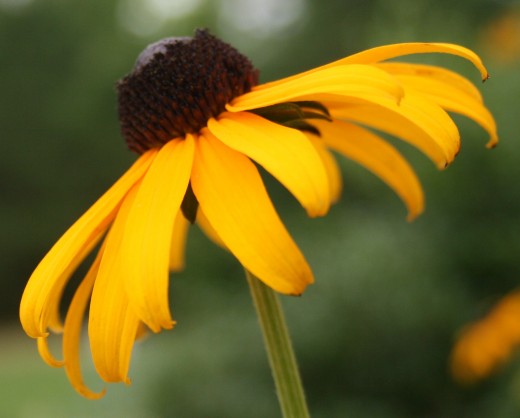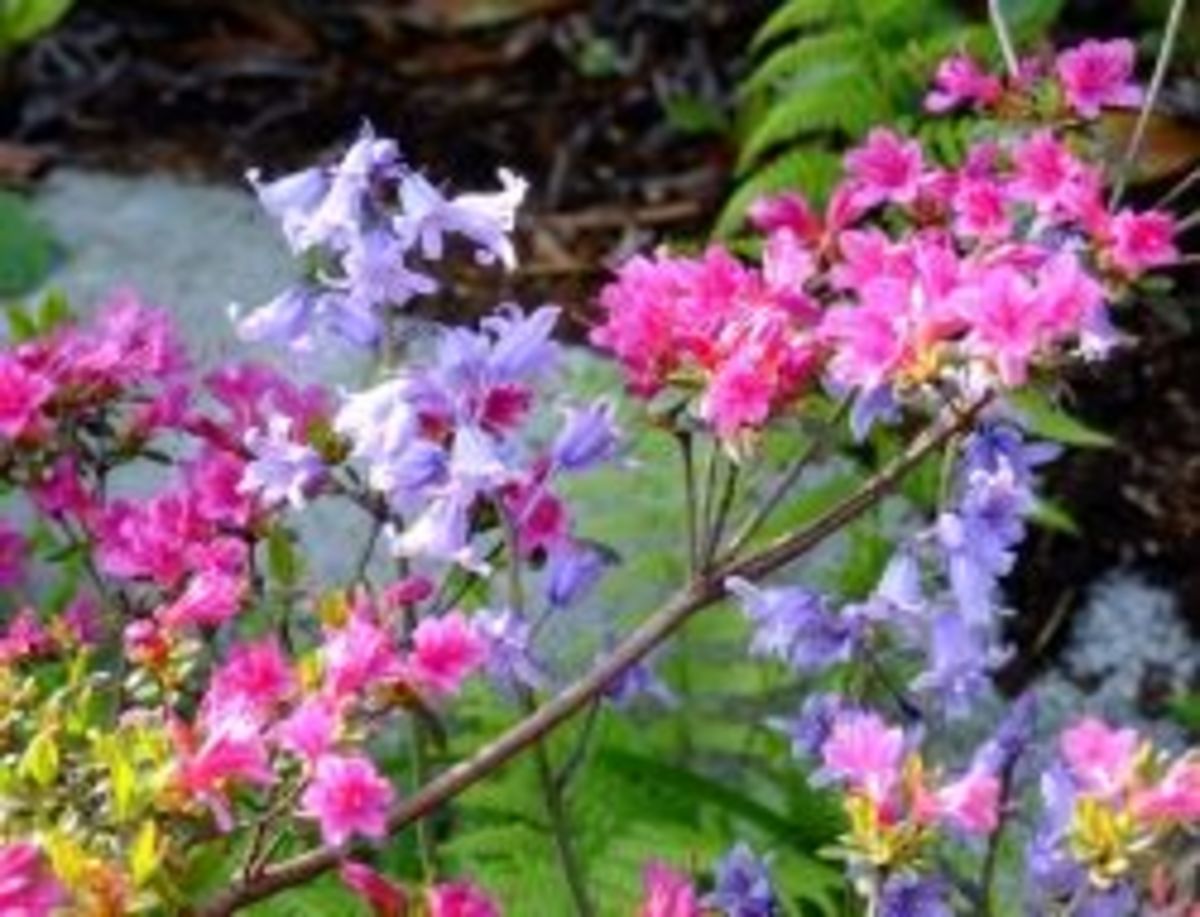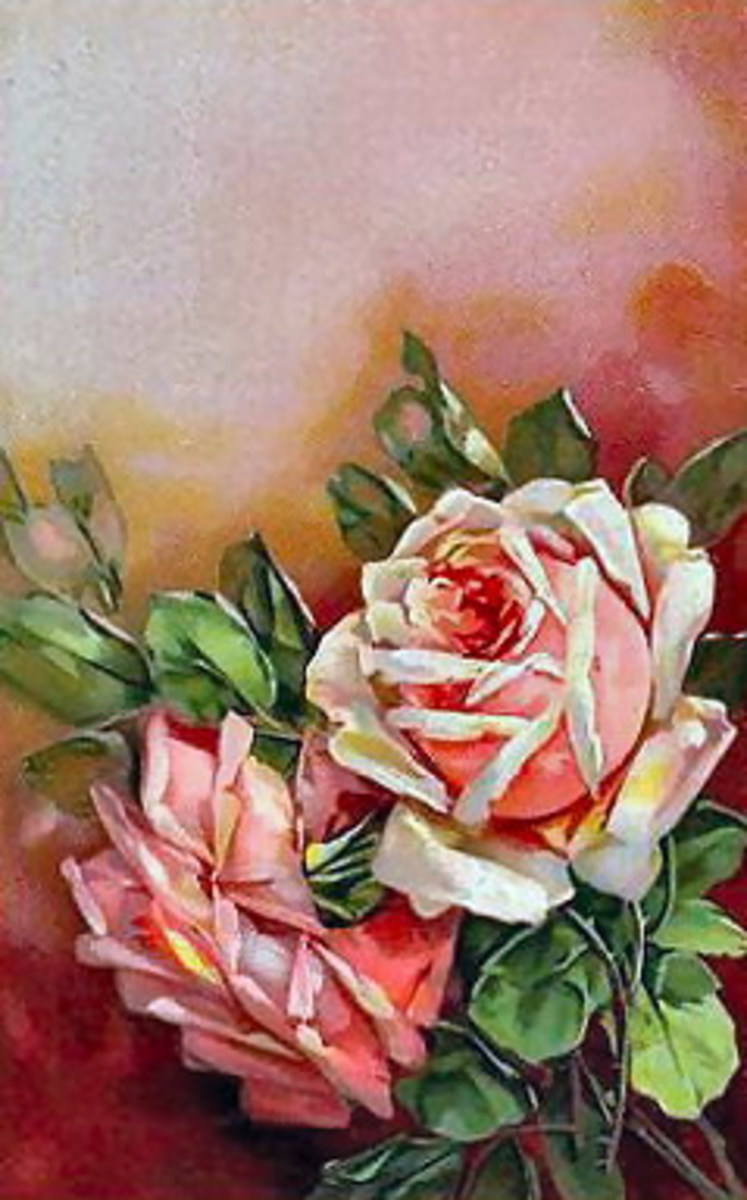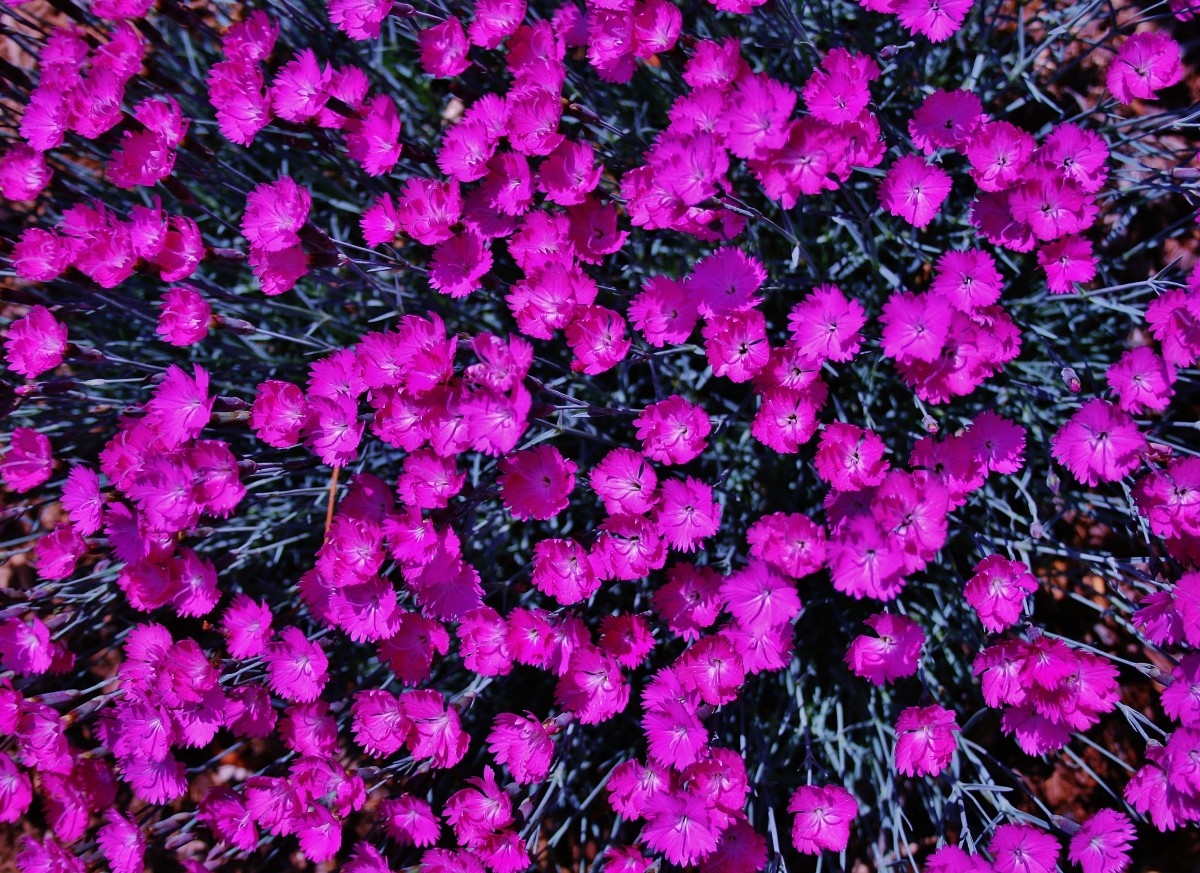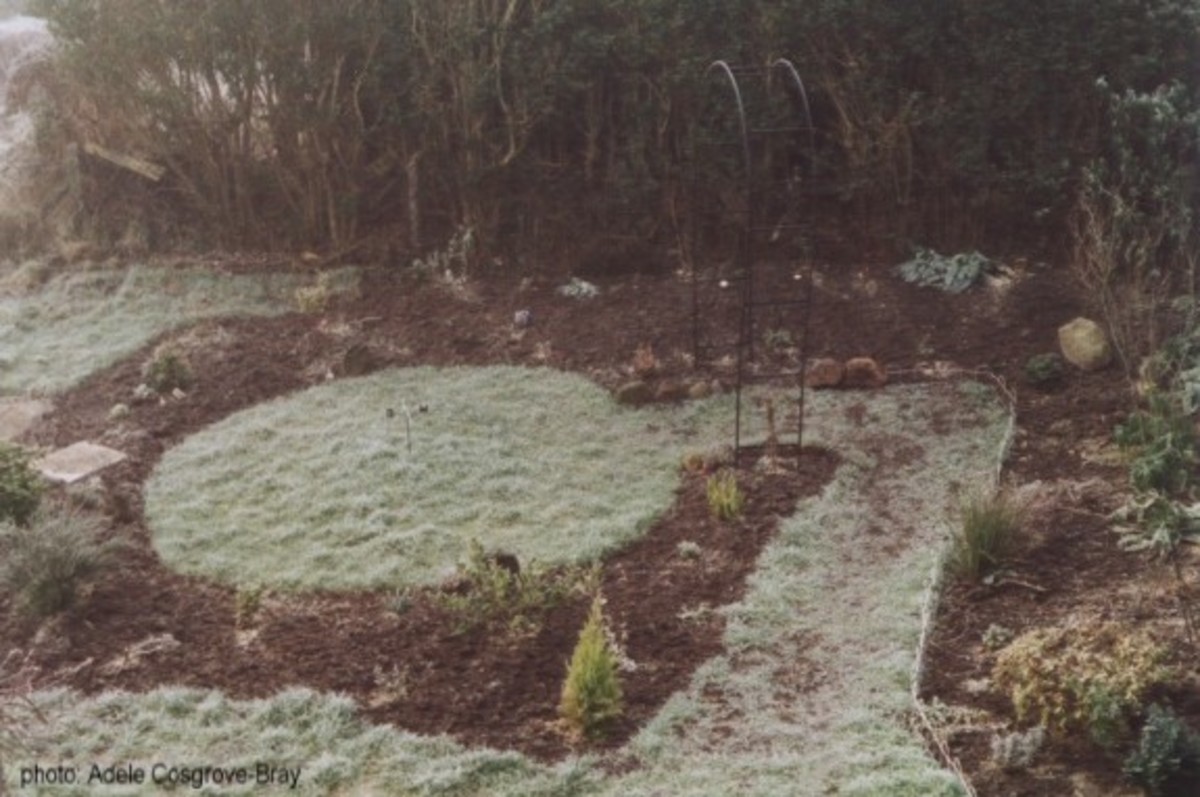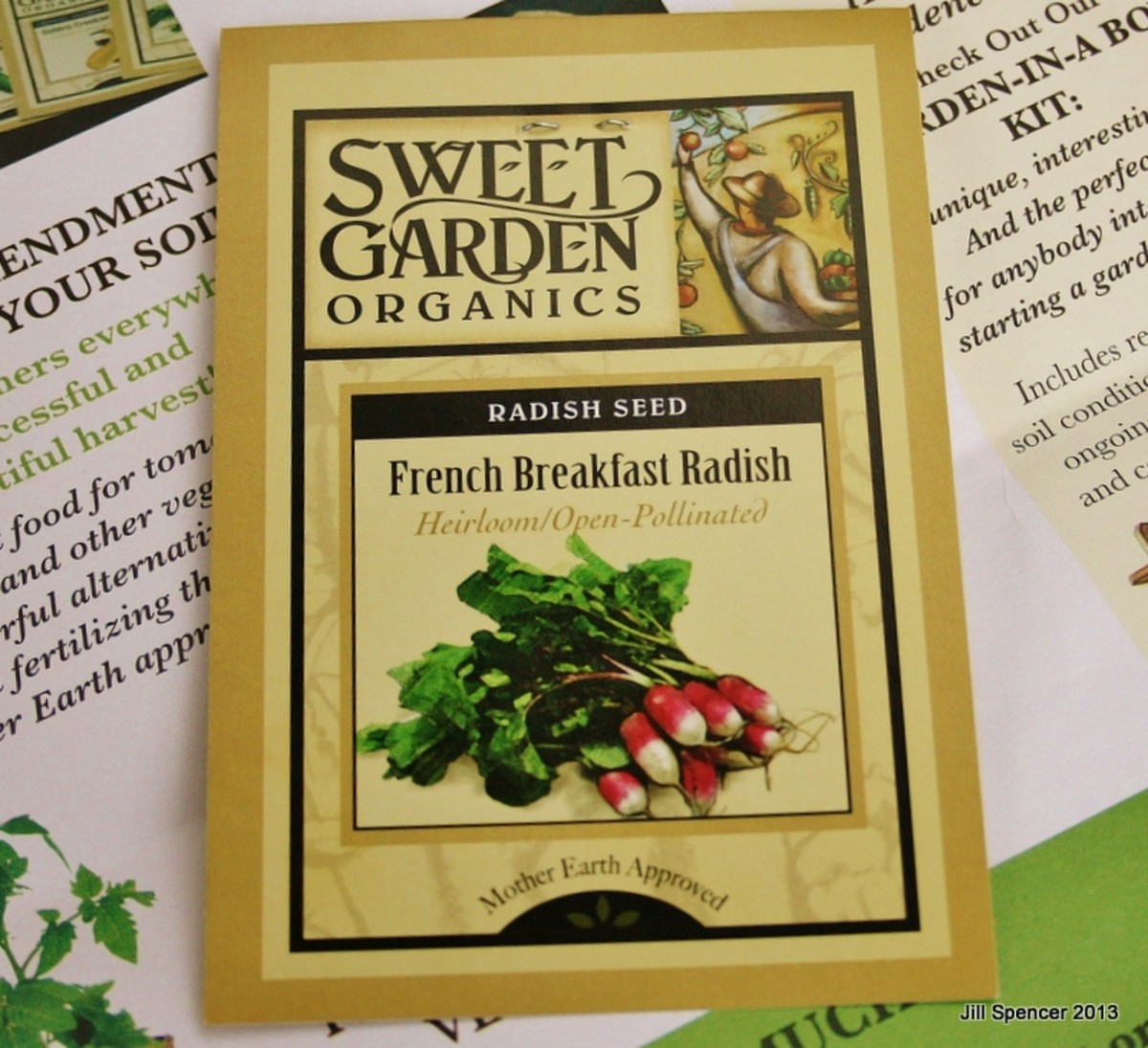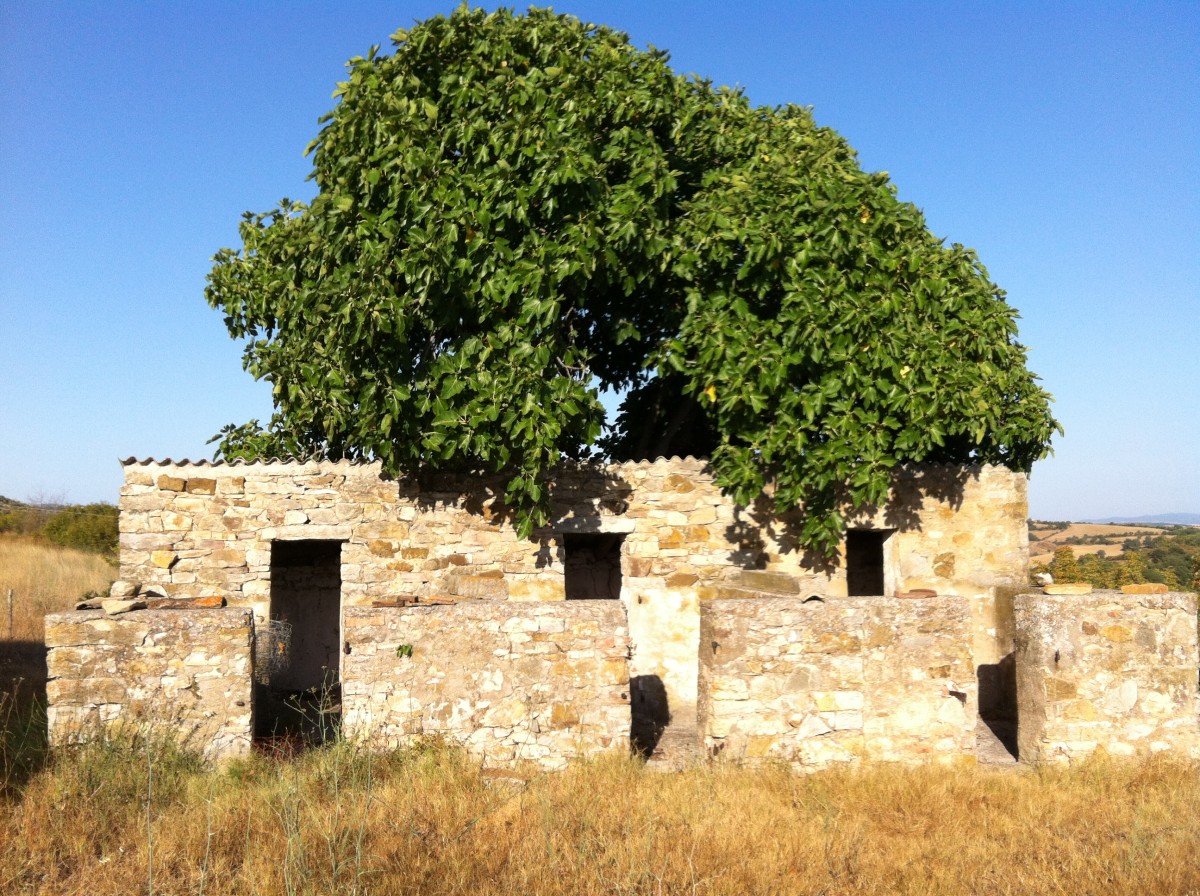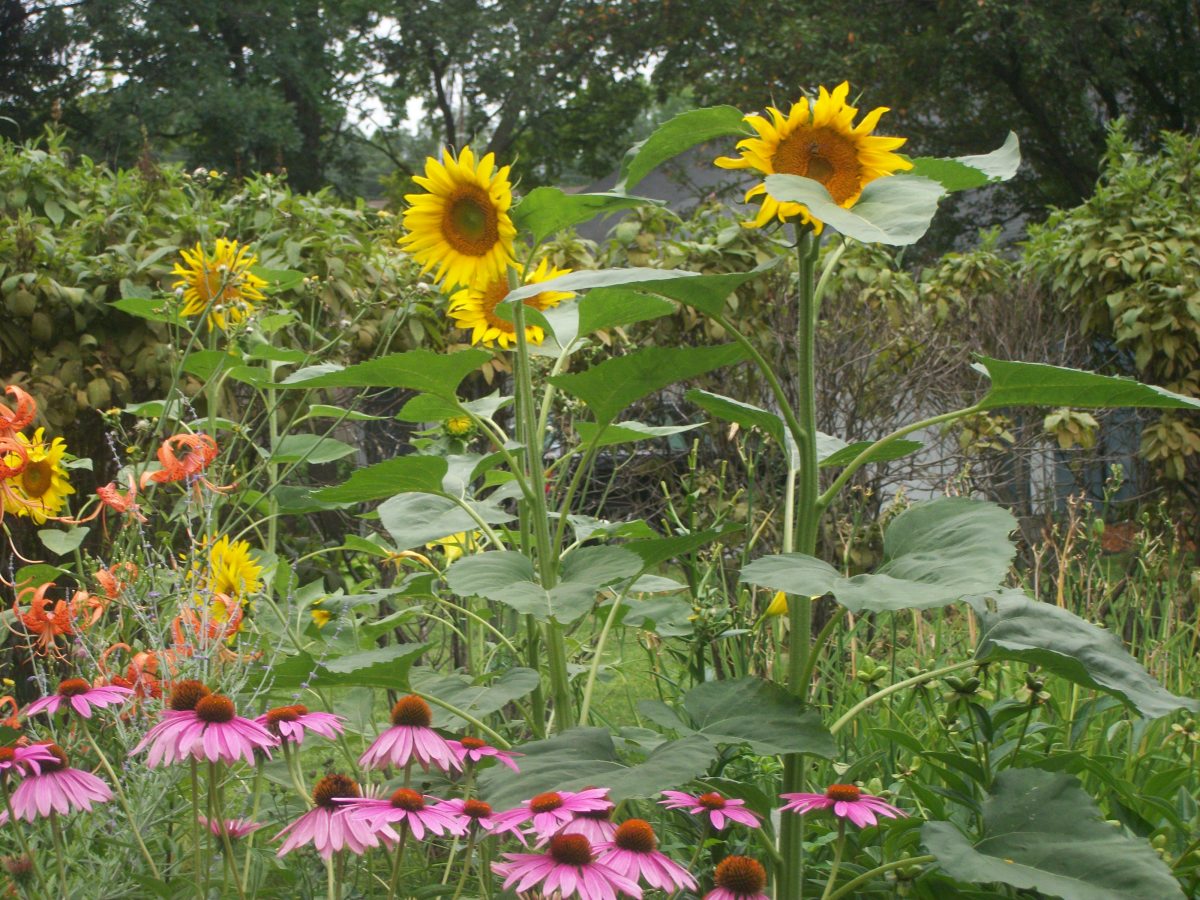Winter Garden Tips
Ideas for Gardening in Winter
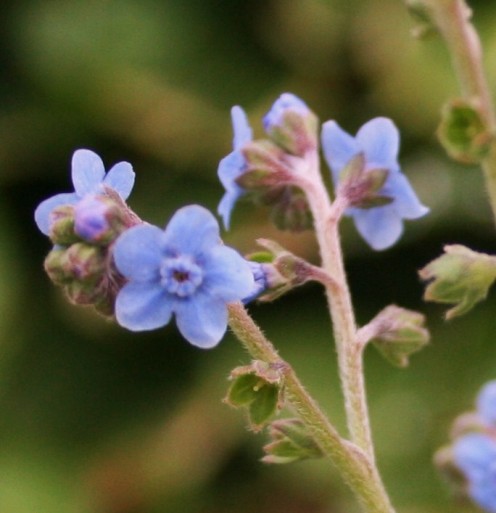
Browsing seed catalogs, sketching plans for new beds and islands, reading gardening books, checking out the latest cultivars online—these are often thought of as gardening tasks for winter.
But, unless it's encased in snow and ice, winter gardens can be almost as active as gardens in spring, summer and fall—at least for gardeners.
Depending upon where you live, sowing, planting, pruning, mulching, feeding the soil and protecting plants can all be part of your winter garden's life.
PRUNING ROSEBUSHES IN WINTER
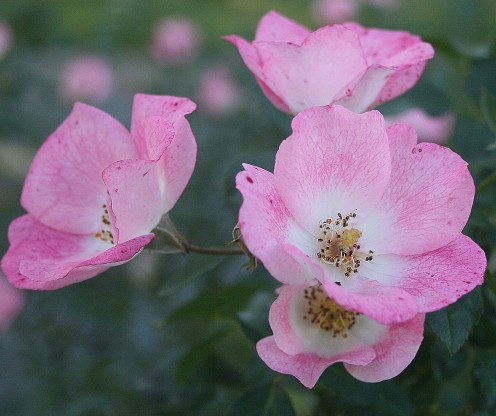
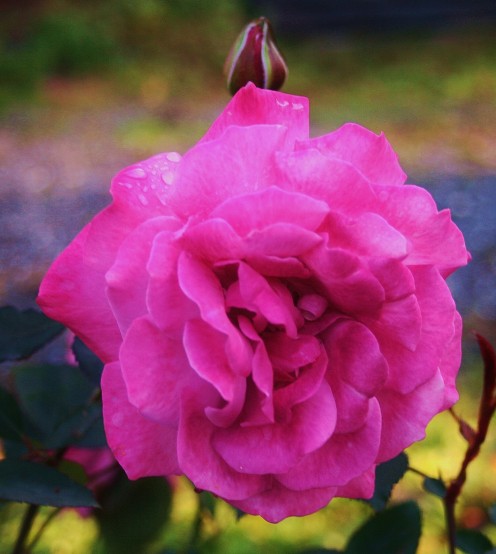
Quick Rosebush Pruning Guide
Pruning rosebushes in this sequence works best for me.
-
First, remove dead, diseased & damaged stems, buds, canes, etc.
-
Next, prune to eliminate crossing, rubbing canes & canes growing toward the plant's center.
-
Then prune away suckers.
-
Now reduce the number of canes to as few as 4 or as many as 8, snipping away canes smaller than a pencil in diameter.
-
Finally, cut canes up to ½ their original height.
How to Prune Roses in Winter
Gardeners who live in Zones 7-10 may begin pruning their English roses, hybrid teas and other modern rosebushes as early as January.
(Those who live in colder areas should wait until March or April to prune. Per prevailing rosarian wisdom, heritage rosebushes, also called antique roses or old roses, such as damask, Bourbon and alba, should be pruned in summer, after they bloom.)
How to Prune a Rosebush
If pruning a rosebush seems like a daunting task, consider going about it systematically.
As a volunteer at a local rose garden, I work with other Master Gardeners to cut back over 100 rose bushes twice a year. At first, it took me forever to prune just one! But, thanks to the advice of a local rose expert, Diana Klassy, I eventually got the hang of what should (and shouldn't) be pruned away. And, over time, I came up with an approach to pruning rosebushes that makes it easier for me to see what I'm doing and make the right cuts.
First, I cut away dead, damaged and diseased stems and canes.
Next, I remove canes that are growing toward the center of the bush. Are any canes crossing? If so, I remove them, too.
Once those things are done, I can see the rose bush's structure more clearly. Now I can prune away the suckers, those skinny little shoots, usually a different color than the rest of the plant, that grow near the bud union, the center of the rosebush that's either just above or just below the soil line. I can also remove small canes, making sure that I prune those that are smaller than a pencil in diameter.
When I'm finished, I have a naked, urn-shaped rose bush with no fewer than 4 canes and no more than 8.
Now I'm ready for the big decision: do I want lots of blooms that are on the small side or fewer, showier flowers? For lots of smaller blooms, I cut about 1/3 of the length off. For fewer, showier blooms, I cut the plant back more severely, reducing the length of the rose canes by half. When making these final cuts, I'm careful to cut each one on the diagonal, choosing a spot just above nodes on the outside of the canes.
Other plants that benefit from late winter pruning include, but are not limited to,
- apple trees,
- certain types of clematis vines,
- hydrangea (after new buds emerge),
- lilac,
- pear trees,
- perennial plants (old growth only) and
- raspberries.
PLANTING BARE-ROOT ROSES IN WINTER
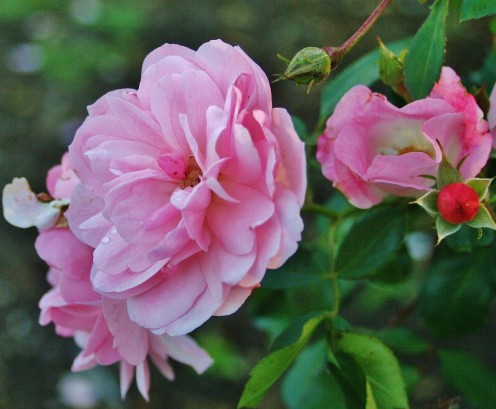
How to Plant Rosebushes in Winter
So long as the ground isn't frozen and a hard frost isn't in the offing, winter is the time to plant bare-root roses (the cheaper, dormant version of those potted rosebushes at the greenhouse).
Choose an open spot that gets at least 6 hours of direct sun per day. Dig a hole 2 feet deep and 2 feet in diameter.
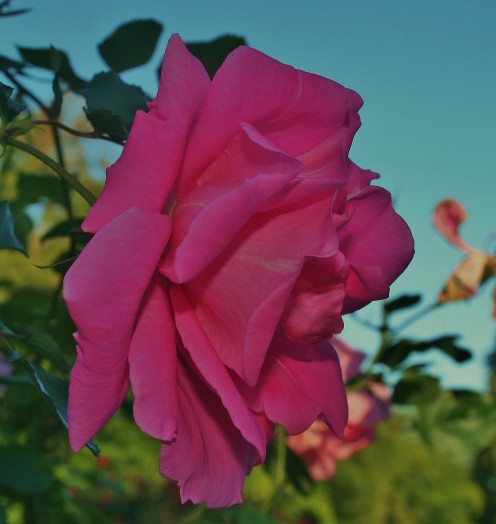
Build up a cone of soil in the middle of the hole. If you added organic material like compost to your soil in the fall (as you should have) you're good to go. Spread the roots over the cone, and fill the hole about halfway with soil. Add water and let it drain. Then fill the hole up the rest of the way and add more water. If you live in Zone 7 or below, make sure that the bud union is covered by 1 to 3 inches of soil. If you live in Zone 8 or above, plant your bare-root bush so that the union is a little bit above the soil line.
If you didn't feed your soil with organic matter in the fall, build the soil cone with a mix of aged manure or compost and native soil, and then plant your new rosebush as directed above.
Once it's planted, mound several inches of mulch around your rosebush (not on top of the stems) to protect it until spring arrives.
WINTER SOIL CARE
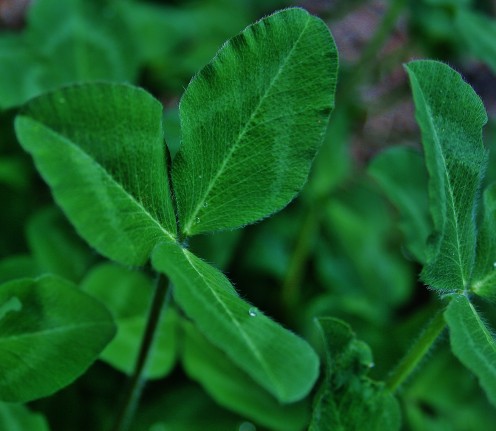
CARING FOR SOIL IN WINTER
Compost & Mulch
You can add compost and mulch to your landscape any time of year, even when it's cold.
Compost feeds the soil. So does organic mulch, although it decomposes more slowly. In addition to protecting plants from the freezes and thaws of winter, organic mulch also attracts earthworms and suppresses weeds.
Cover crops, also known as green manures, are an easy way to enrich soil. Before they go to seed (sometimes, depending upon the crop, before they bloom), cover crops are either mowed into the ground, turned into the soil or cut down by hand & gently worked into the garden.
Cover Crops
To feed and protect the soil, you can also sow cover crops, a.k.a. green manures. Hardy green manures such as crimson clover (Trifolium incarnatum), grazing rye (Secale cereale), winter beans (Vicia faba) and winter tares (Vicia sativa) can be sown in either late fall or early winter.
Winter Weeding
So long as the soil isn't covered in snow or frozen, late winter is a good time to hand weed. You could even (very lightly) weed with a hoe or some other garden hand tool. Just don't stir up the ground too much or you'll defeat your purpose by encouraging more weed seeds to grow.
PROTECTING PLANTS IN WINTER
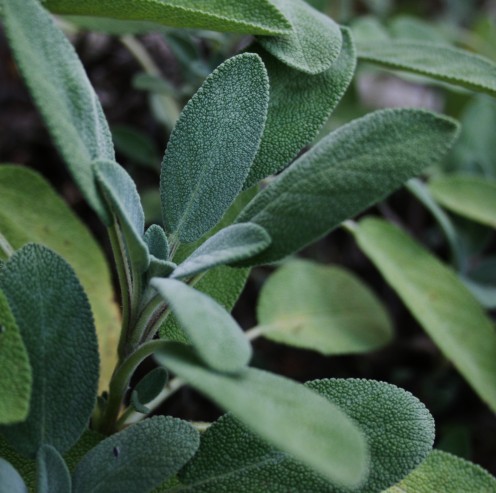
Winter Protection for Plants
It's not the blanket of snow that will harm your plants; in fact, snow will keep them warm. It's the cold, blustery winds, and the freezes and thaws of winter that do plants harm.
Stay apprised of impending frosts in your area so that you can cover at-risk plants overnight. After Christmas, I cut the branches off of our Christmas tree and use them as plant covers. If the ground freeezes, I also use organic mulch around small plants.
Leaves are a good choice for organic mulch, as is straw, although it's not very pretty.
If there's no protective snow on the ground, make-shift screens made out of wooden stakes and burlap or old sheets can be used to shield tender plants from damaging winds.
Even some herbs need protection. While sage is usually hardy enough to withstand the vicissitudes of winter, more tender perennial herbs like lavender and oregano are more likely to survive if they're mulched or covered with boughs.
Winter Gardening & Native Plants
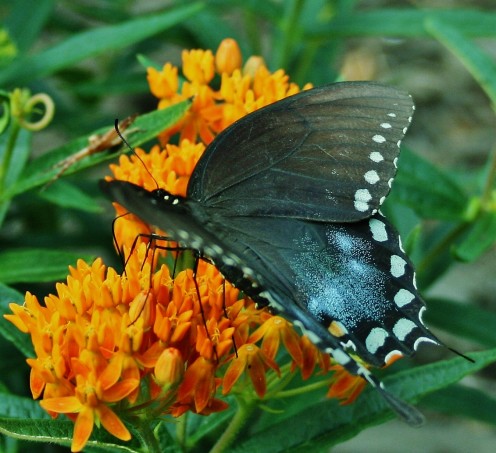
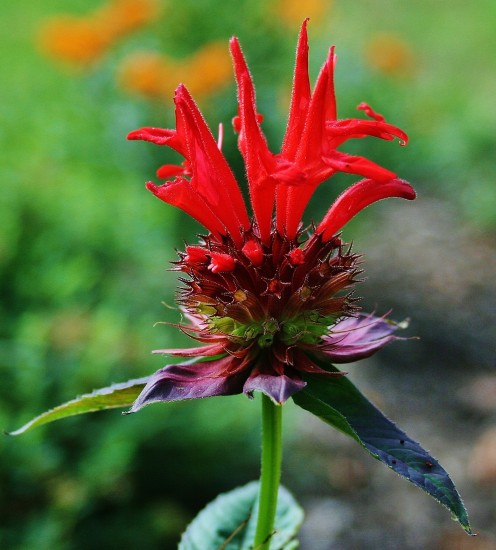
NATIVE PLANTS
Plants native to your area grow there naturally. Because they've evolved in the region, they've adapted to its climate and soil, and they've developed defenses to prevalent diseases and pests.
In short, native plants are survivors. As such, they need less care than exotics. But they still need care in order to thrive—even when it's cold outside.
In many zones, late winter is a good time to direct sow native wildflowers. Often, natives will reseed themselves, but ... just to be on the safe side, you can resow them, either with seeds that you've bought or those that you collected in the fall.
Late winter can also be a good time to divide native perennials.
What's Native Where You Live?
Unsure about what's native to your area? Many books about native plants are available, some more specific than others. The guide I use is from the U.S. Fish & Wildlife Service, and it's specific to the Chesapeake Bay area.Check out your library or bookstore to see what's been written about your region of the world.
If you live in the U.S., you could also print off a native plant guide from your state extension office website or obtain a list of native plants from a local garden center. Because growing native plants has become popular, many nurseries and garden centers now have entire sections devoted to native plants.
PLANTING SEEDS IN WINTER
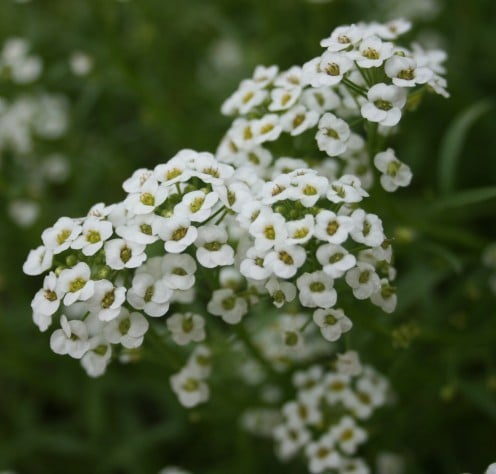
Sowing Seeds in Winter
Direct Sowing
In warm climates (Zone 7 and up) sowing early spring bloomers starts in late winter. Here in Maryland, I have had success sowing snapdragons, sweet alyssum, forget-me-nots and pot marigold.
Pretty Easy
Click thumbnail to view full-size



In future, I'd like to try directly sowing columbine and larkspur. I also understand from fellow gardeners that bachelor buttons, poppies and sweet peas grow well in warm climates when seeded outside in February.
If you live in a warmer zone, you're likely to have success with these and others that you find while poring over seed catalogs in December.
Starting Seeds Indoors
In cooler climes, gardeners can still sow seeds in late winter; they just have to do so indoors.
As far as flowers go, shasta daisies and black-eyed Susan are purportedly easy to grow this way. Others to try include aster, speedwell, blanketflower, and there are no doubt many more.
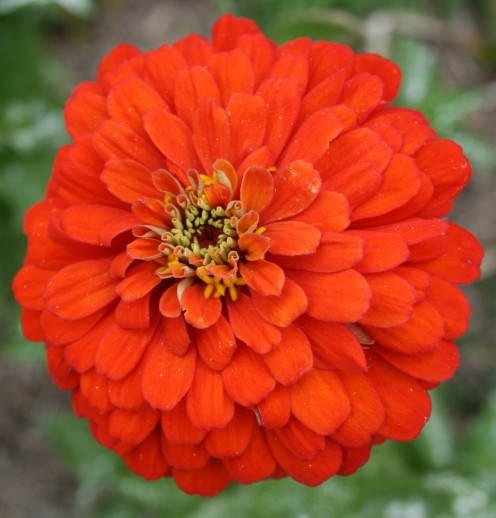
ABOUT THE AUTHOR
The Dirt Farmer has been an active gardener for over 30 years.
She first began gardening alongside her grandfather on her parents' farm. Together, they would plant acres of vegetable gardens, setting tomato, eggplant and bell pepper plants; sowing row after row of beans and corn; and building up mounds of soil for white squash, pumpkin, cantaloupe and potatoes.
Today, The Dirt Farmer gardens at home, volunteers at community gardens and continues to learn about gardening through the MD Master Gardener program.
